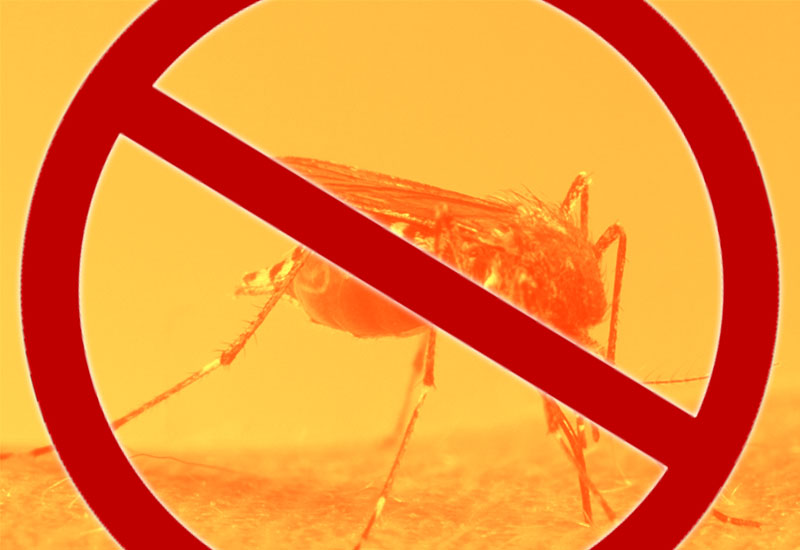BAGUIO CITY – The Cordillera office of the Department of Health (DOH-CAR) reported that dengue fever cases in the region nearly doubled during the first forty weeks of this year compared to the same period last year.
From January 1 to October 6, 2018, the agency was able to record some 5,921 dengue fever cases regionwide compared to the 2,999 cases that were recorded during the same period last year.
Further, the DOH-CAR was also able to record 11 dengue-related deaths in the region wherein 8 were from the Cordillera and 3 came from non-CAR provinces during the said period compared to the 9 dengue-related deaths during the similar period last year. Of the 8 deaths from the region, 2 each came from Abra, Benguet and Baguio City while 1 each came from Ifugao and Kalinga.
The recorded dengue fevercases were from Kalinga – 1,139 or 19.2 percent, Benguet – 1,025 cases or 17.3 percent, Apayao – 887 cases or 15 percent, Abra – 829 cases or 14 percent, Ifugao – 568 cases or 9.6 percent, Baguio City – 418 cases or 7 percent, Mountain Province – 224 cases or 3.8 percent and non-CAR provinces – 831 or 14 percent.
Based on the data obtained from the agency, more males reportedly were affected by dengue fever during the reckoning period with 3,161 or 53.4 percent of the total number of affected individuals regionwide with an age range from 4 days to 96 years old with a median of 16 years old.
Geeny Anne I. Austria, Nurse V, of the DOH-CAR’s regional epidemiology and surveillance unit, claimed that there were laboratory confirmed dengue virus serotype per province and municipality from 2014 to date.
On the other hand, she revealed that clustering of dengue fever cases was noted in all Cordillera provinces during the reckoning period.
Dengue fever is caused by any of the 4 serotypes of dengue virus wherein all strains are reportedly present in the region.
Austria explained that an infected day biting female aides mosquito transmits the dengue viruses to humans wherein the number of dengue cases could peak during the rainy season and could even reach widespread proportions if preventive measures of control are not taken.
According to her, dengue fever prevention and control could be achieved once residents will follow the 4-s against dengue, particularly search and destroy the breeding grounds of dengue- carrying mosquitoes, self-protection measures, seek early consultation and say no to indiscriminate fogging.
The DOH-CAR official reminded the public to continue maintaining cleanliness inside and outside their houses to prevent the possible multiplication of the dengue carrying mosquitoes that might compromise the lives of innocent individuals who are unaware of the serious negative effects of dengue fever once it will not be given the proper medication by health experts who known the diagnosis of the said viral infection that tends to affect the health of people.
Previously, dengue was in a cyclical trend but because of climate change, it became a year-round illness among Filipinos.
By Dexter A. See













